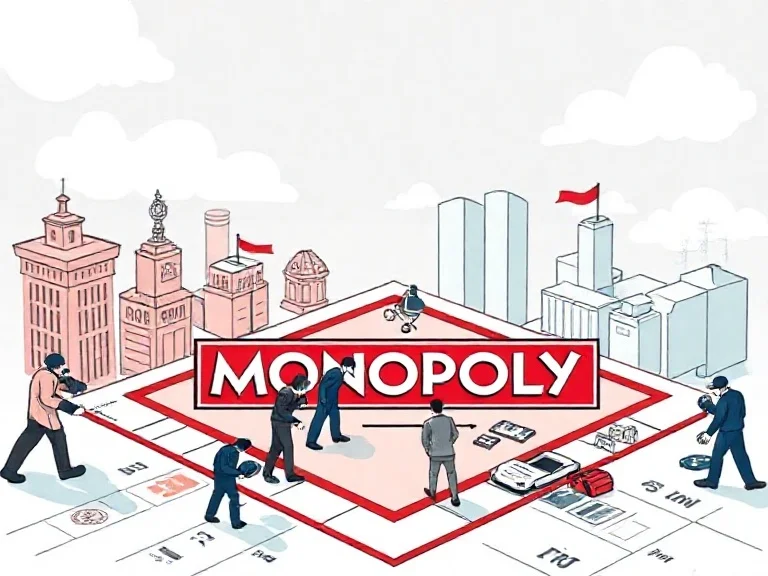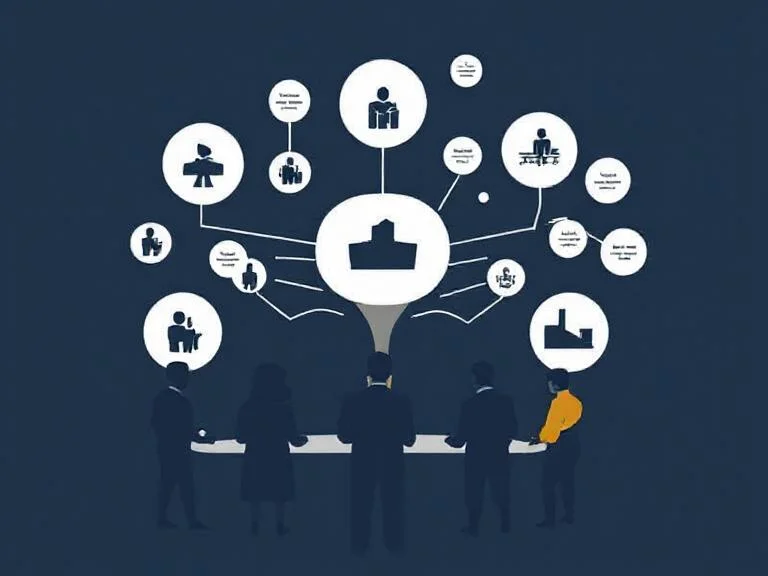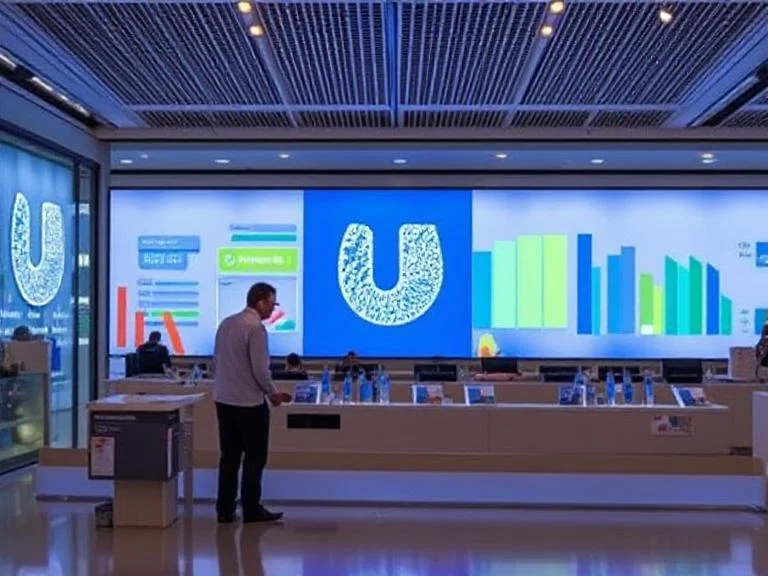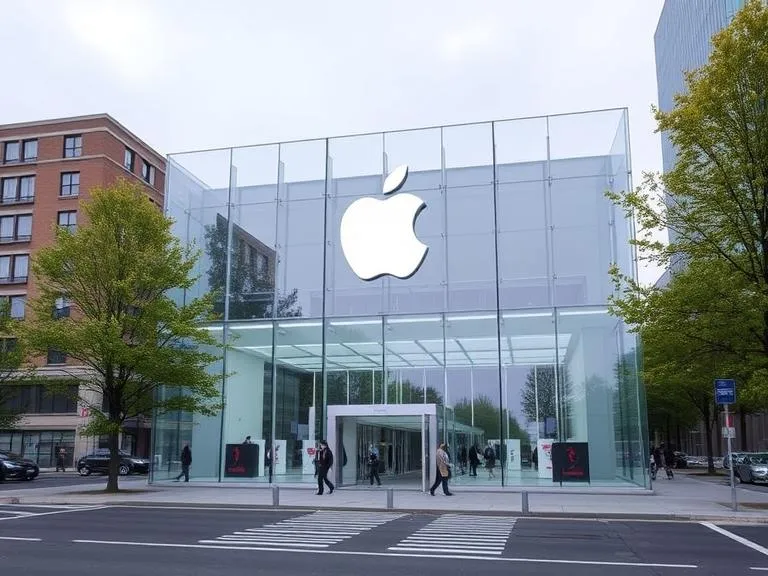Customer Experience Strategy of Marks and Spencer

In this CX strategy report, there is a Marks and Spencer company as the consumer retail business is selected. For the company’s success, the customer experience is important to evaluate the business efforts toward customized operations.
CX Importance:
CX Definition:
The process refers to the overall perceptions of the customer about the brand based on the specific interactions and the key experiences through the customer journey. The sum of the total customer’s customization towards company over time is the broad definition of CX.
Explanation:
Customer experience refers to the feelings of customers about the company whether he is directly engaged or not interacting. Both positive and negative experiences that taken by the customers from the company. CX helps to build a great reputation and improve the level of retention of customers.
Importance:
Customer experience is important to analyze the behavior of the customers and evaluate the proper needs that are required in the business. Developing the appropriate relation and the growth of the business with the customer’s experience is one of the strategic influences that improve the organizational direction and manage the business activities.
Discussion:
Marks and Spencer can increase the share price and reduce the operating cost through the improvement of the customer experience in the boundary of the business. For growing Marks and Spencer’s customer loyalty, motivation about word of mouth and its publicity, reduction of the operational expenses, helping to retain a greater number of customers, removing unnecessary barriers, raising the customer lifetime values, and improving the profit margins that lead the changes and allows to organize the current operations that are valid in the business directions. Marks and Spencer company involves customers to evaluate the process of the feedback and raise the decision-making functions at the raising of customer lifetime value in the classified operations of the business.
Consumer Persona:
Definition:
It is known as the buyer persona refers to the detailed representation of some ideal based customer on the certain trends of market research and the real data related to the existing customers.
Explanation:
The evaluation of demographic information key preferences of the customers, and the psychographic details that lead to the interest of the businesses must be managed through the greater and the reliable operations of the business.
Role:
To develop the effective strategy of CX, the customer persona contributes to understanding the needs and preferences of customers, raising the interaction habits the personalization of customers, building strong engagement of customers, and optimizing the marketing and sales efforts.
Purpose:
To communicate and advertise to find and acquire the more profitable terms in the valuable positions of the business, the customer persona is an important term.
Customer Journey Map:
Definition:
There is a visual reorientation of the illustration of steps and the key stages that a customer goes through when interacting with the company, product, services, and brand.
Explanation:
The customer journey can be specific for all the stages to raise the customer experience. By identifying the emotional and key opportunities for engagement by using online and offline techniques, the customer journey can be positive.
Importance to CX Strategy:
Understanding the interactions of customers, personalization the key opportunities, optimizing the key touchpoints, enhancing the retention of the customers, a diving the business growth are the key differentiation elements that keep customers different from each other.
Purpose:
To analyze the clear interaction between the customers, company, or 3rd parties for generating strategic insights and some actionable tactics for helping to view the process from the point of view of customers.
Omnichannel Marketing:
Definition:
It refers to the strategy that offers seamless as well as integrated shopping expertise to customers across different channels either online or offline. Aims to unify the customer touchpoints as websites, physical stores, and mobile apples for the creation of a cohesive or consistent brand experience.
Explanation:
Omnichannel marketing indicates the 3rd or 4th steps of Peppers and Rogers’ customer experience strategy as focusing on creating a seamless experience to raise the relationships of the customers. For building a seamless experience, Omnichannel marketing, the ensuring of that customers interacts with the company across different challenges without encountering disruptions or inconsistencies.
Customers of the company can transition among the channels through the efforts, like starting the integration on the waste and competing it through the in-store or mobile applications. For the Marks and Spencer company, the seamless experience of the customers through the quality, entire integration, and the physical stores to evaluate the purchases or making retunes without any type of complications. Customers have strong options to buy online and pick up in-store with promotional and pricing offers across the channels.
Role of Customization:
For Omnichannel marketing, customization plays an integral role because to evaluate within the Omnichannel market and tailor the experience, the personalized experience of the customer is important. Customization allows marketers to create personalized interactions based on the data of customers and leads the interactive practices. Developing a customized targeted campaign, that can be more perceived and evaluated on the customer segmentation and the perceived behavioral data. It helps to allocate the resources and optimize the key strategy of omnichannel marketing.
Channels of Sales and Marketing:
Different sales and marketing channels that are services by the Marks and Spencer company like partnership and collaborations, social media, mobile applications, customer loyalty programs, online stores, and physical stores exist. The firm operations as an e-commerce platform where the target market can browse the products online.
This channel has raised the reaching of a broader audience towards the physical location. To evaluate direct marketing, Marks and Spencer uses e-mails, newsletters, and personalized offers for communicating directly with the customers. On the advertising side, social media channels like television, print, online ads, and social media for raising brand awareness and product promotion are valid in the future.
Clear Conclusion:
To create positive and similar experiences for customers, Omnichannel marketing is an important process. To fulfill the holistic view, Omnichannel marketing indicates the unfiled understanding of each customer’s interaction across all the channels. For the development of personalization utilizing the company’s tailored experience based on the preferences of individuals and their behaviors, certain channels are used for organizational concerns.
CX Performance Metrics:
There is a quantifiable merriment that is used to analyze the effectiveness, efficiency, and success of action. There are essential tools in various fields to assess the performance objective and track the progress over time.
Customer Performance Metric:
Customer Effort Score:
Description:
It is a metric that is used to measure and analyze the ease of customer experience when interacting with the company or using advanced products and services. It focuses on how much effort the customer feels to exert to resolve the issue and make the purchases. To gauge the simplicity of the customer interaction the pervaded effort score of customers must be valid and affect the organizational interaction in the collaborated ways regarding the cleared changes.
Explanation of Calculation:
It can be calculated through the customer effort scores over the total number of the responses that are used as the form of the customer experiences towards the interactive era of the business success.
CES = Total customer effort score / No. of responses.
Evaluation:
This metric is based on the perceptions of the customers towards the efforts which can vary widely depending on the expectations of the efforts and perceived individual expectations. Before the experiences and building greater responsiveness, the current functions need to be addressed. The lack of contextual understanding, limited insight into the root causes, complex transactions, and response biases are the extreme experiences that are fulfilled by the business roles.
Customer Equity:
Description:
Customer equity is a metric that quantifies the total lifetime value of the company’s customer base and takes into account the value of all the potential of the future customer bases, Customer equity takes into account customer retention, satisfaction, and the likelihood of future purchases. It is valuable to define the relationship of the customer with the company over time.
Explanation of Calculation:
Customer equity can be calculated by multiplying the viral coefficient by the Lifetime Value of the customers. Through the deduction of acquisition with the sum of retention, this metric of customer experience can be calculated easily for the evaluation of reliable strategic changes.
CE = Viral coefficient x LTC – {Acquisitions + Retention}
Critical Evaluation:
One of the major channels for the evaluation of customer equity the data integration and analysis through gathering and integrating data from various sources, to accurately calculate the customer lifetime value and predict future behaviors that can be complex and resource intensive and must be analyzed in the future. To maintain a higher level of customer satisfaction and retention, the enhancement of customer relationships requires ongoing effort and resources.
Relevance of Metrics:
Customer equity and customer effort scores are two important metrics that can provide insights into the performance and customer satisfaction of Marks and Spencer company. Operational efficiency and customer retention are the core strategic outputs that lead the business actions in the organized functions towards the cleared roles and responsibilities.
CX Processes:
Critical Success Factors:
The forces are necessary to gain the strong and performance-based objectives of an organization. Critical success factors focus on the areas as the strategic achievements of the goals and measure the entire profitability to adjust the greater concerns of the business roles.
Structure:
As a customer-driven organization, the structure’s critical success factor refers to the culture and morale. The organizational structure influences the culture and the morale of the employees so, there is an uncourageous and open communication towards the positive work environment that must be analyzed to take business operations. Structure refers to the management process of decision-making toward customers as defining the hierarchy and the decision-making authority towards the decisions that are made for prompt actions.
People:
Hiring and integrating the people who have the skills and experience towards the business intentions directly maintain the business performance. Employees of the company directly interact with the customers, either through sales, support, or the roles of the services. The customers perceive the brand and certain experiences towards the changes in the future.
Measurement:
Measuring The current performance of the company and the employees with the previous records, the entire strategic performance becomes valid in the future. To quantify the key metrics like net promoter score, customer effort score, and gaining the business insights the overall reputation of the business must be addressed at the cleared forms. Setting targets and goals leads the realistic targets a goal of the business aligning with the teams.
Conclusion:
Marks & Spencer is a British multinational retail brand that offers various products to customers. To improve the overall customer experience strategy, the management of the business develops strategic plans for the useful era of the business’s success. The customer persona, customer journey map, and the role of Omnichannel making are the effective terms that are used to evaluate the change. The physical stores, online sites, and other online media are the main Omni channels used by Marks and Spencer to maintain the business performance and determine the core strategic decisions as valid towards the gaining of strong experiences of the customers.



















































